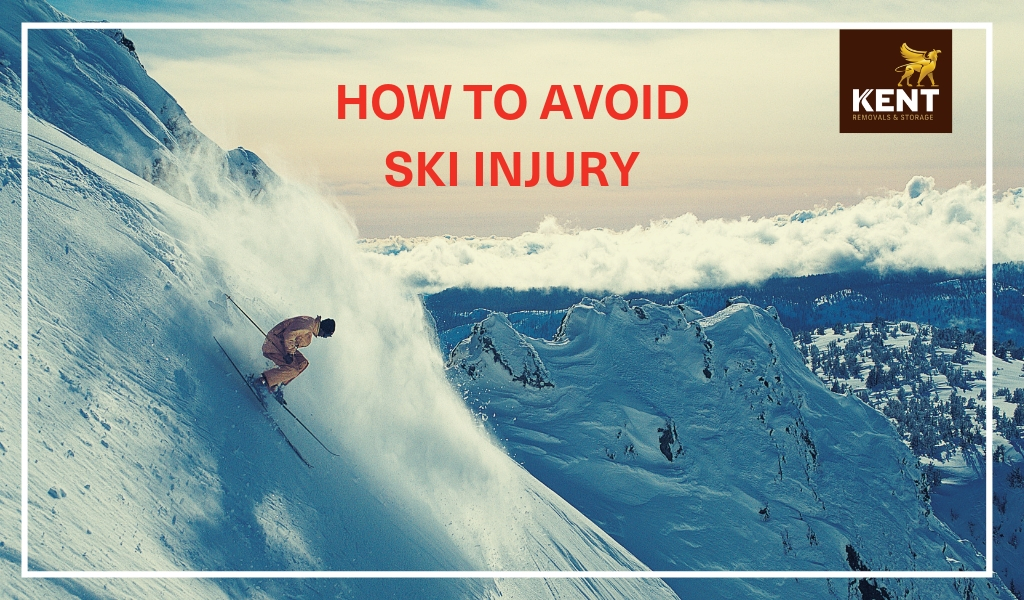
Skiing is one of those sporting activities which even a least sporty person can enjoy. It is king of the winter sports, one that can be enjoyed by all age groups. While great scenery, adrenaline of speeding down the slope or just a simple snowball fight might seem thrilling there is always a chance of injuries.
Whether you are a veteran skier or a newbie on the slopes one can never be too careful in snow. Kent Removals and Storage has prepared a handy guide to ensure you have a safe and accident free time in snow.
Here is the list of top injuries during skiing and how to avoid them:
- Collision
- Binding
- Helmet
- Protective Clothing
- Avalanche
-
Collision
You need to be vigilant of your immediate surrounding when skiing. You could be an expert skier and might be able to hone on your skills of dodging collisions; but that doesn’t mean everyone else can. One of the prime factors of collision is skiers speeding out of control. How to avoid collisions on Snow? Simple- follow the same road safety rules of crossing road on snow: stop look listen.
-
Binding:
Most arm or knee wounds are caused by poorly fitted ski bindings. A complex calculation of age, skill, height and weight gives an accurate DIN setting. Once achieved a suitable combination remember the setting for the future use. Make sure all the equipment is secured bonded and strapped as bumpy slopes can loosen them.
-
Helmet:
This is possibly the easiest yet most overlooked safety advise. While wearing a helmet is provides basic protection it is still the most crucial one. An average skier easily skis at speed of 30mph, hence the significance of wearing a helmet is equivalent to wearing a helmet when riding a motorbike. Especially when the ice on the mountain slopes could be as hard as pavement on highway road.
-
Protective Clothing:
The temperature in the high mountain terrain can plummet from sunny conditions to freezing levels without notice. Combined with harsh winds your body temperature can drop to fatal levels. Hence, it is highly recommended to bring extra layer of protection to protect you from unpredicted weather.
Taking periodic breaks not only ensure you are kept nice and warm, it also rejuvenate your core, so you could focus more on the terrain you wish to conquer. You can always rent out extra clothing if need be from snow gear shops.
-
Avalanche:
Whilst you can take all necessary precautions and prepare yourself to avoid injuries, there are certain elements that are out of your control- Avalanche.
It is always a good measurement to understand the guidelines and warnings posted around the mountain terrain.
If you have an oncoming avalanche, try to traverse out of its path if possible. If buried under snow, try to lose the skis and make holes for airway using poles. If you are unable to free yourself, try using your poles to get attention for help.
All in all, follow the above tips to ensure you and your family have fun and safe trip to snow. Happy Skiing.
